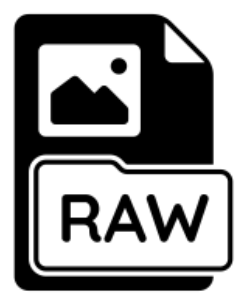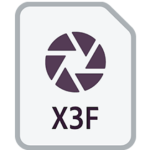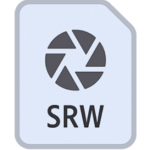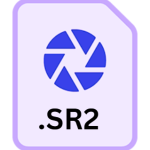.RAW File Extension

Raw Image Data
| Developer | N/A |
| Popularity | |
| Category | Camera Raw Files |
| Format | .RAW |
| Cross Platform | Update Soon |
What is an RAW file?
.RAW file extension is widely recognized in the realm of digital photography and image processing.
Unlike standard image formats like JPEG or PNG, RAW files capture all the data from a camera’s sensor without any in-camera processing or compression.
This format is known for its high quality and flexibility in post-processing, offering professional photographers and enthusiasts the ability to fine-tune their images with great detail and precision.
More Information.
The history of the .RAW file format is closely tied to the advancement of digital photography. Initially, photographers were limited by the processing and compression applied by cameras to the captured images.
The introduction of .RAW format was a game-changer, as it aimed to give photographers full control over the post-processing phase, allowing for adjustments in exposure, white balance, tone, and color without the quality losses associated with editing compressed images.
Origin Of This File.
The .RAW file format originated from the need to preserve the full range of data captured by a camera’s sensor.
As digital photography evolved, there was a growing demand for a file format that could store images as close to the original scene as possible, without the losses associated with compression or in-camera processing.
This led to the development of the .RAW format, which essentially serves as a digital negative, provides a pristine base for post-processing.
File Structure Technical Specification.
.RAW file contains minimally processed data from the image sensor of either a digital camera, image scanner, or motion picture film scanner.
The structure of .RAW files can vary significantly since different manufacturers have their proprietary formats (like CR2 for Canon, NEF for Nikon, and ARW for Sony).
Generally, a RAW file contains the following:
- Image Data: This is the core of the .RAW file, consisting of the raw pixel data captured by the camera’s sensor.
- Metadata: This includes information about the image such as camera type, settings, lens used, and other shooting details.
- Thumbnail: Most .RAW files include a JPEG thumbnail of the image for quick previewing.
- Instructions: Some .RAW files may also include instructions or settings for processing the image, although these are not applied to the raw data until the file is opened with an image editor.
How to Convert the File?
Converting .RAW files into more accessible formats like JPEG or PNG is a common practice, typically done after post-processing. This can be achieved through the following steps:
- Open the RAW File: Use a .RAW image editor or converter like Adobe Lightroom, Photoshop, or a camera manufacturer’s software.
- Edit the Image: Adjust the image as needed using the software’s tools.
- Export or Save As: Once editing is complete, export or save the file in the desired format (JPEG, PNG, etc.).
Advantages And Disadvantages.
Advantages:
- Maximum Quality: .RAW files contain all the data from the sensor, providing the highest possible image quality.
- Greater Flexibility in Post-processing: With .RAW files, photographers have more control over adjustments like exposure, shadows, white balance, and more without degrading the image quality.
- Non-Destructive Editing: Changes made to a RAW file are non-destructive, meaning the original data remains intact.
Disadvantages:
- Large File Size: .RAW files are significantly larger than their JPEG counterparts, requiring more storage space.
- Compatibility and Accessibility: .RAW files must be processed and converted into a more widely accessible format before they can be shared or printed.
- Proprietary Formats: Different camera manufacturers have their versions of .RAW files, which can lead to compatibility issues with software.
How to Open RAW?
Open In Windows
- Photos App: Windows 10 and later can natively open and display some .RAW file formats.
- Adobe Photoshop or Lightroom: These professional software options offer extensive support for various .RAW formats.
- Manufacturer’s Software: Software from the camera’s manufacturer (e.g., Canon’s Digital Photo Professional, Nikon’s ViewNX) is specifically designed to handle their .RAW formats.
Open In Linux
- Darktable: An open-source photography workflow application and RAW developer.
- RawTherapee: Another open-source cross-platform raw image processing program.
- GIMP with UFRaw: GIMP (GNU Image Manipulation Program) can also be used with the UFRaw plugin for .RAW files.
Open In MAC
- Photos App: The native Photos app on macOS offers support for many .RAW formats.
- Adobe Photoshop or Lightroom: These are professional-grade options for .RAW file editing and conversion on Mac.
- Preview: The built-in Preview app can display many .RAW file types directly.













